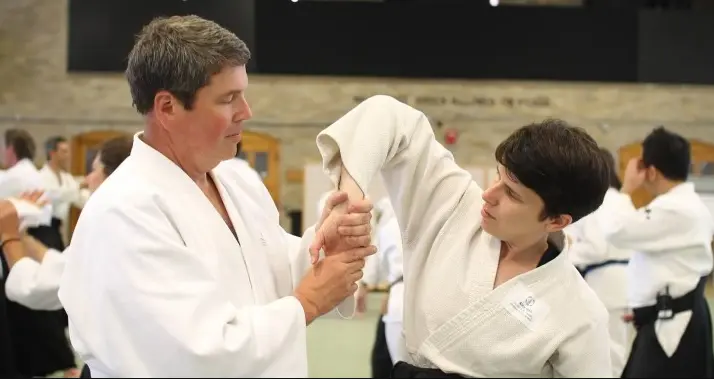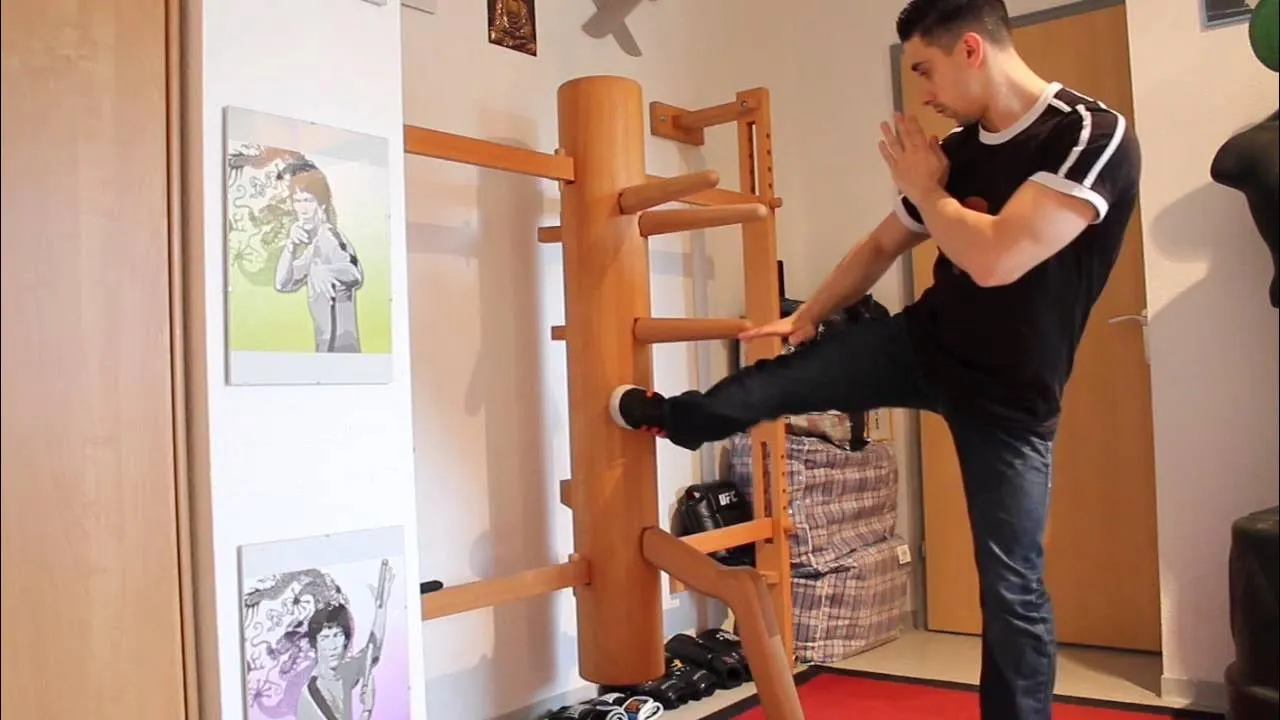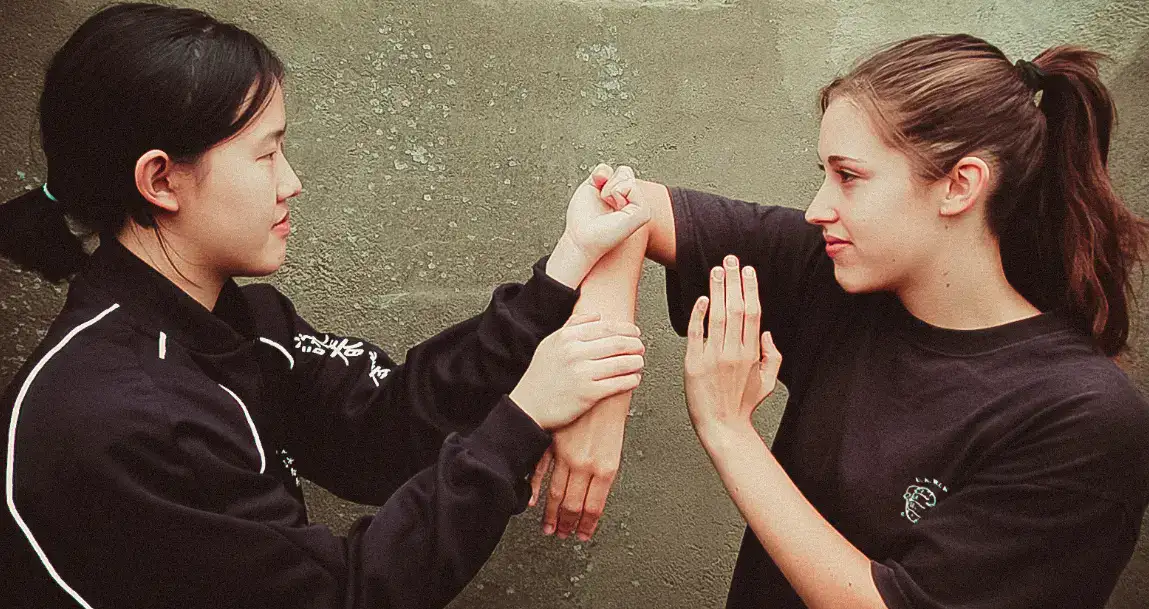Wing Chun is a Chinese martial art known for its practical approach to self-defense, emphasizing close-range combat, quick strikes, and efficient movement. Developed during the Qing Dynasty, Wing Chun has a rich history and has gained worldwide popularity, partly due to the influence of legendary martial artist Bruce Lee, who was trained in Wing Chun before developing his own style, Jeet Kune Do.
Origins and History
Wing Chun is believed to have been created by the Buddhist nun Ng Mui, one of the legendary Five Elders who survived the destruction of the Shaolin Temple by the Qing government. Ng Mui supposedly developed the system after witnessing a crane and a snake fighting, drawing inspiration from their movements. She later taught the art to a young woman named Yim Wing Chun, who used it to defend herself against a local warlord. Ip Man’s students included Bruce Lee, whose fame helped bring global attention to Wing Chun.
Principles and Techniques
 Wing Chun is characterized by several key principles:
Wing Chun is characterized by several key principles:
- Centerline Theory: The centerline is an imaginary vertical line running down the middle of the body. Wing Chun practitioners aim to control this line, both in their own body and in their opponent’s, as it is the most direct path for attacks and defenses.
- Economy of Movement: Wing Chun emphasizes efficiency and minimalism in movement. Practitioners avoid unnecessary motions, focusing on direct and practical techniques.
- Simultaneous Attack and Defense: A hallmark of Wing Chun is the ability to attack and defend simultaneously. This principle is exemplified in techniques like the Tan Sao (palm-up hand) and punch combination.
- Relaxation and Sensitivity: Maintaining a relaxed state allows practitioners to react quickly and adapt to their opponent’s movements. Sensitivity training, often developed through Chi Sao (sticky hands) practice, helps in detecting and responding to subtle changes in an opponent’s force and direction.
Training and Forms
 Wing Chun training typically involves three empty-hand forms, a wooden dummy form, and two weapon forms:
Wing Chun training typically involves three empty-hand forms, a wooden dummy form, and two weapon forms:
- Siu Nim Tau (Little Idea): The foundational form that teaches basic hand movements and principles.
- Chum Kiu (Seeking Bridge): Introduces footwork and techniques for bridging the gap to the opponent.
- Biu Jee (Thrusting Fingers): Focuses on advanced techniques and recovery from compromised positions.
- Muk Yan Jong (Wooden Dummy): A form practiced on a wooden dummy to develop precision, power, and structure.
- Luk Dim Boon Kwun (Six-and-a-Half Point Pole): Teaches long pole techniques.
- Baat Jaam Do (Eight-Cutting Knives): Involves the use of butterfly knives, emphasizing close-quarters combat.
Wing Chun in Modern Times
Despite these variations, the core principles remain consistent. In addition to traditional training, many practitioners integrate Wing Chun techniques into mixed martial arts (MMA) and self-defense systems, recognizing its effectiveness in real-world situations.
